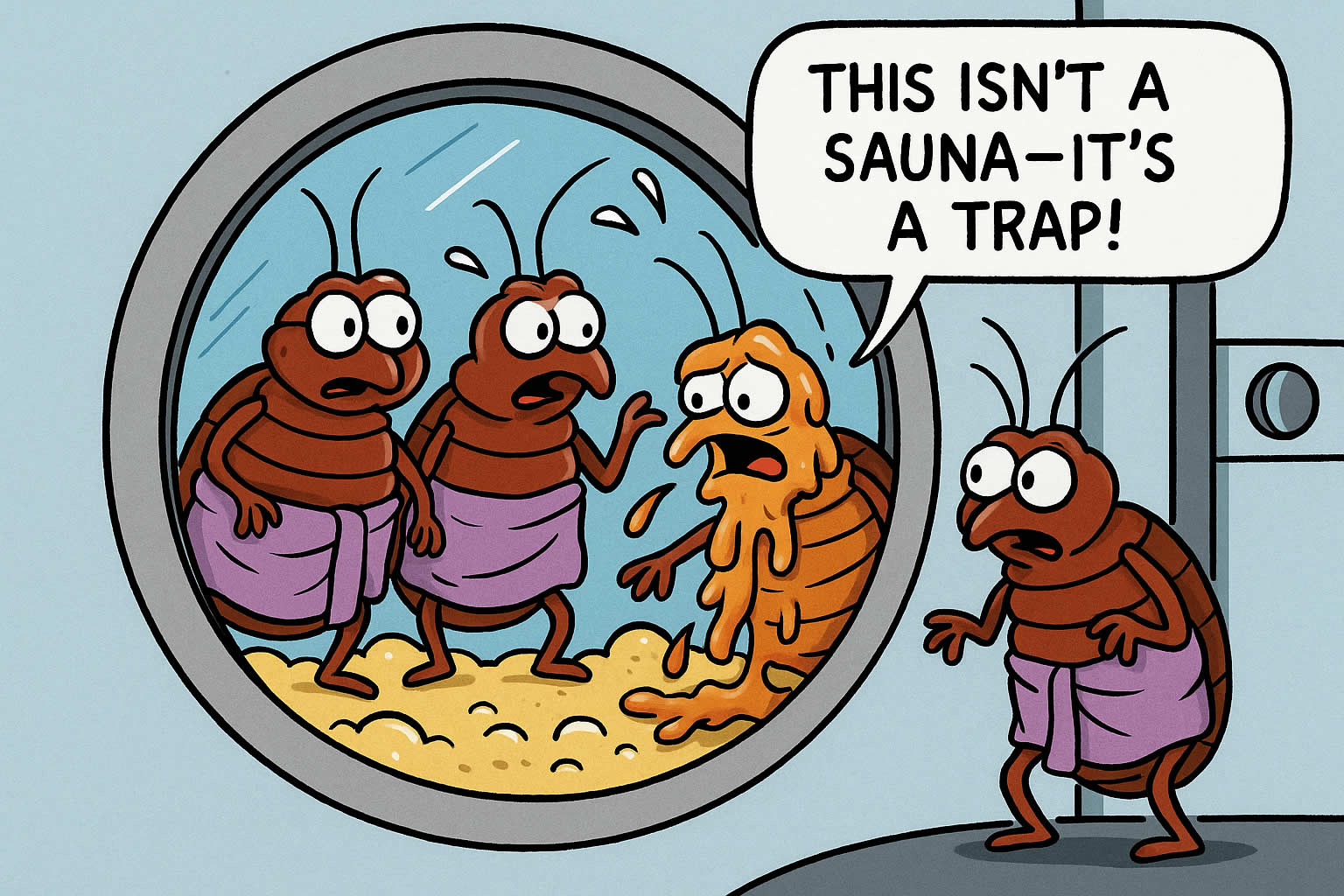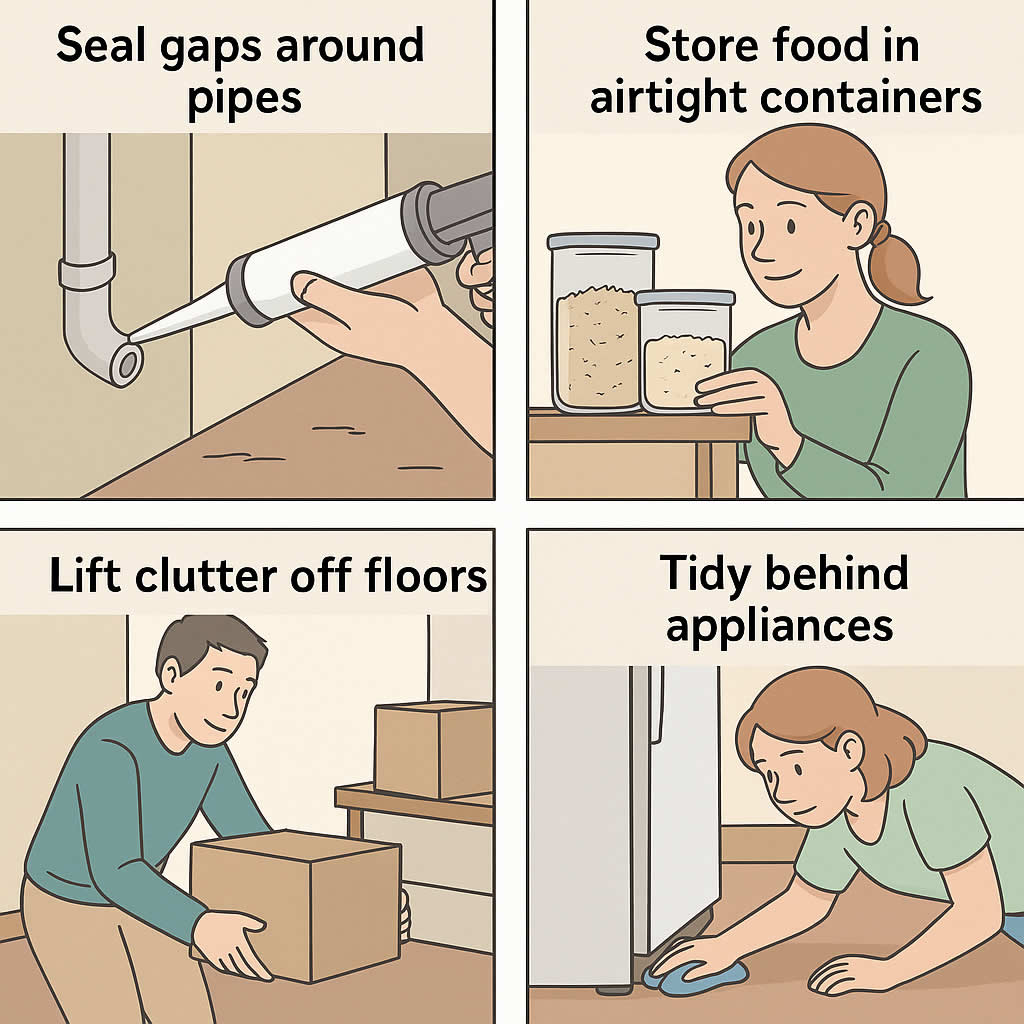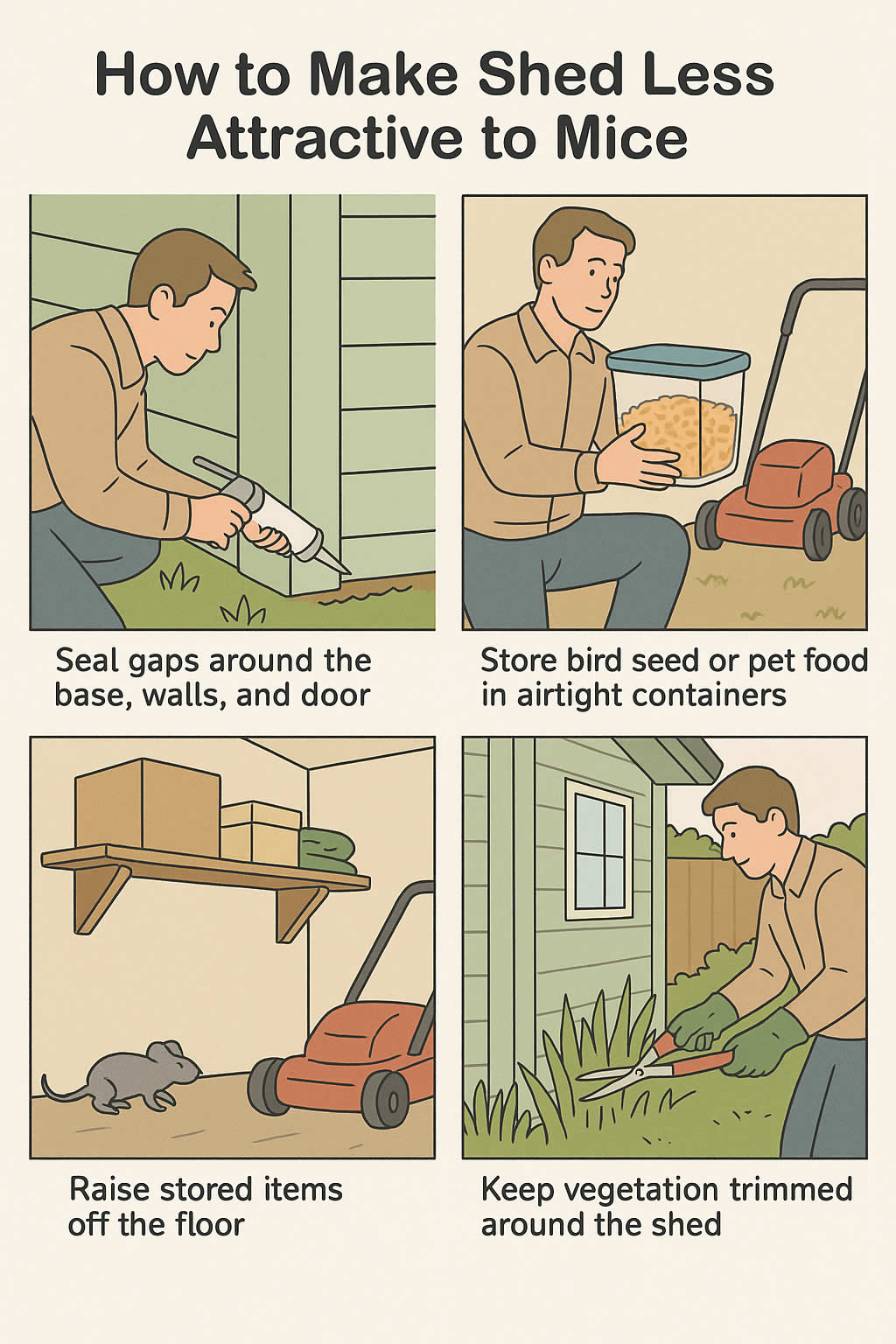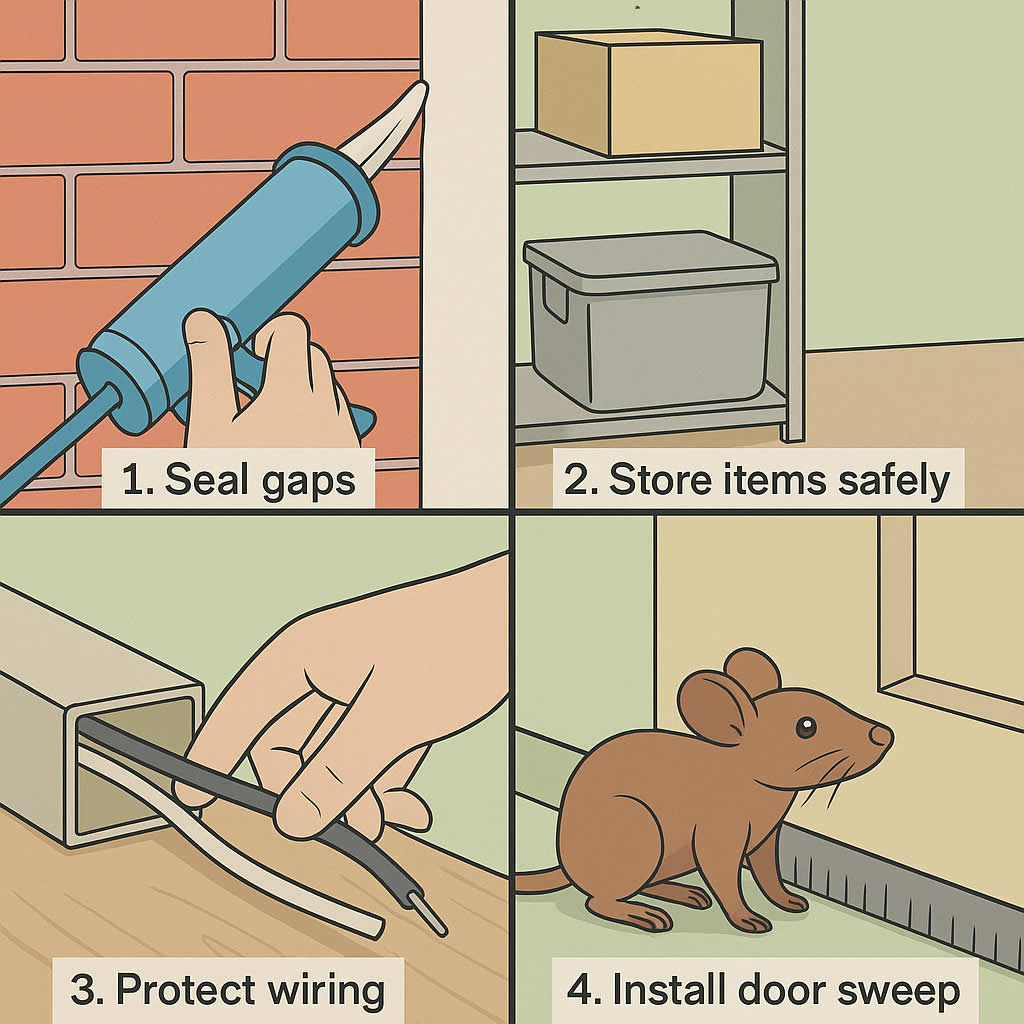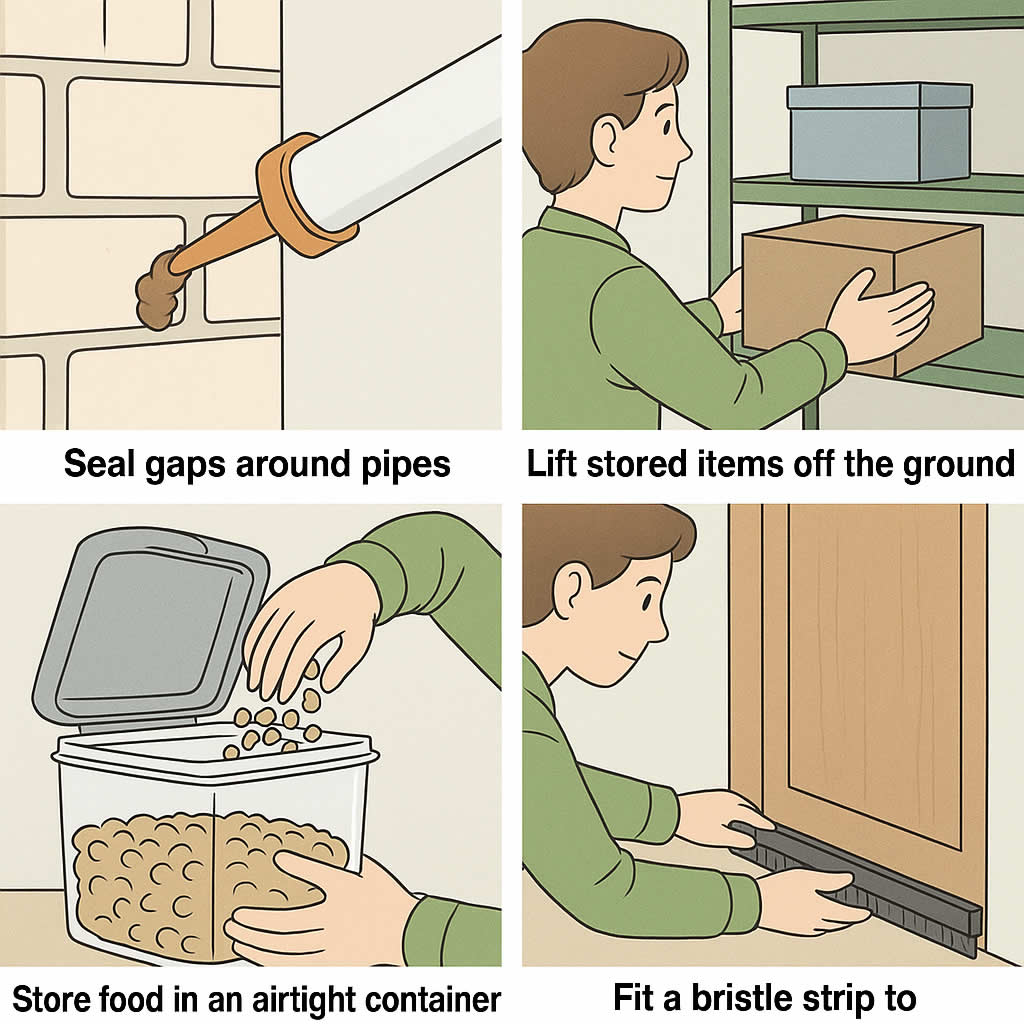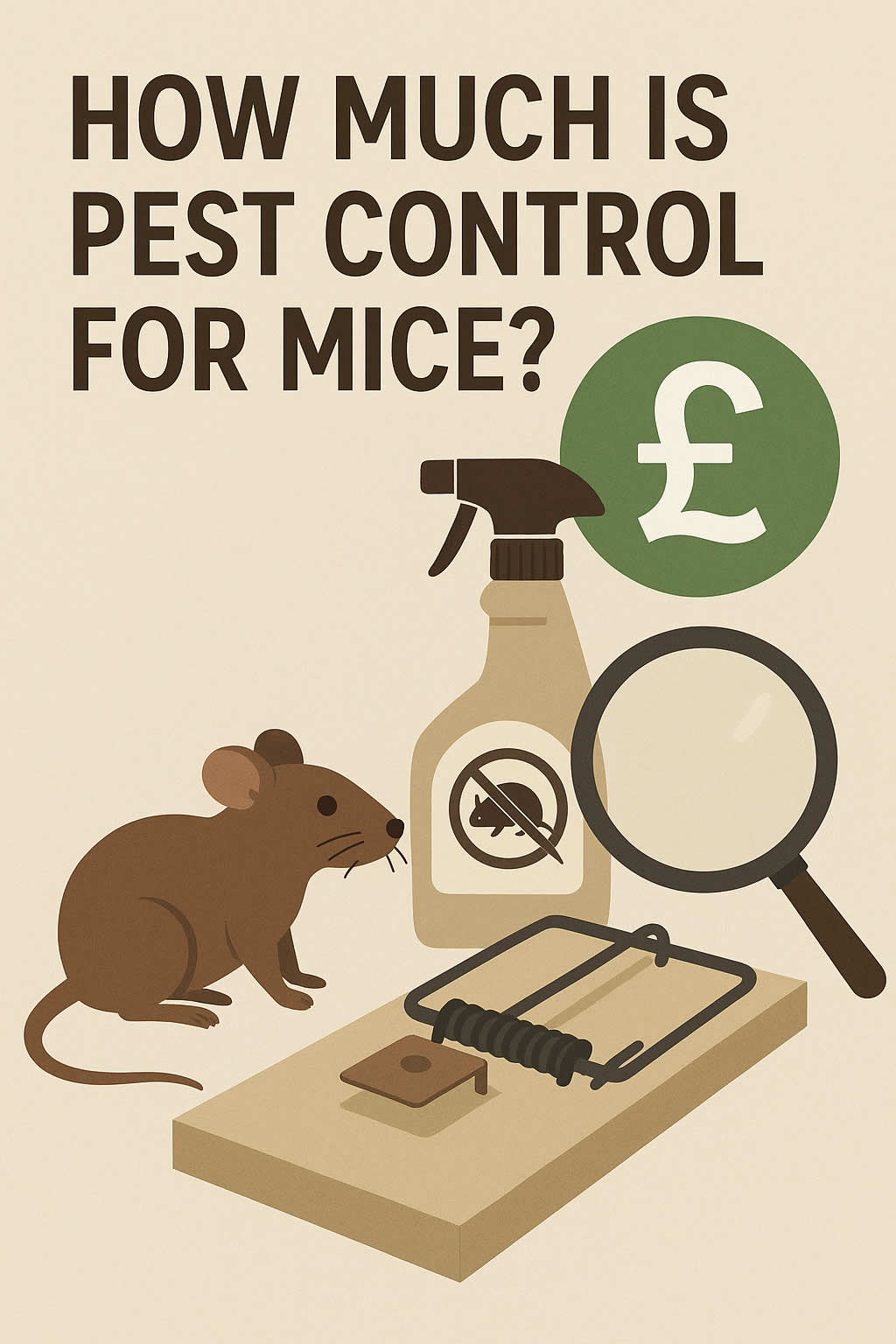Related Queries
ToggleIf you’ve ever had the misfortune of finding bed bugs in your home, you’ll know how quickly the panic sets in. One minute you’re changing your bedding, the next you spot a tiny brown insect crawling near your pillow. The first thought that probably comes to mind is: “I need to wash everything—right now.”
And that’s a fair reaction. Washing your clothes, bedding, and soft furnishings is one of the first steps people take when trying to deal with an infestation. But here’s the thing: can you really rely on your washing machine to get rid of bed bugs? Or are they more resilient than we think?
Let’s break this down properly. We’ll look at how bed bugs react to heat, water, and detergents. You’ll learn which settings work best, what mistakes to avoid, and what else you can do to stop them spreading. No jargon, no fluff — just clear answers to help you feel in control again.
Can bed bugs survive a wash cycle?
The truth is, bed bugs don’t survive proper washing cycles — if you do it right. High temperatures and hot air are deadly for them. But if you’re using the wrong temperature or skipping the tumble dryer, you could end up giving them a free ride through your laundry.
So yes, they can survive a wash — but only under certain conditions. If the cycle is too short, too cold, or too gentle, bed bugs and their eggs might come out the other side alive.
You’d be surprised how many people wash their bedding at 40°C thinking that’s enough. Unfortunately, it’s not. To reliably kill bed bugs, you need heat — lots of it.
What actually kills the bed bugs in your laundry?
Let’s look at each element of your wash and see how it works against bed bugs.
Heat
This is your strongest weapon. Bed bugs begin to die at around 45°C, but to be safe, you want to go higher. At 60°C and above, both adult bugs and eggs die quickly — often within minutes. That’s why choosing the right temperature on your machine matters.
If you wash clothes at 30 or 40°C, the bugs might just enjoy a warm bath. They could survive the entire cycle and crawl out afterwards.
So if your fabrics can handle it, go as hot as possible.
Water
You’d think drowning them would be enough. But it’s not. Bed bugs can survive under water for short periods. They’ve got a waxy outer shell that helps repel moisture, and they’re small enough to hide in the seams of your clothes, protected from direct flow.
So no — water alone isn’t reliable. Without heat or detergent, bugs can cling to fabric and stay alive throughout the cycle.
Detergent
Now, detergent does help. It breaks down that protective outer layer, which makes bed bugs more vulnerable to heat and water. But on its own, detergent won’t finish them off.
What you really need is a combination of hot water, strong detergent, and good mechanical action — meaning the spinning and agitation inside the drum.
The more your clothes tumble, the harder it is for bugs to stay hidden.
What about tumble drying?
Tumble drying is often even more effective than washing. The heat inside a tumble dryer can reach temperatures well above what your washing machine delivers — especially if you use a high or “cotton” setting.
Most bedb bug experts agree that drying clothes on high heat for at least 30 minutes will kill both bed bugs and their eggs. In fact, if you don’t want to risk damaging delicate clothes in the wash, drying them alone may be enough.
That’s why pest control companies often recommend tumble drying even clean clothes, just to be sure. It’s the heat that matters — not whether the fabric was dirty to begin with.
Which washing machine settings are best?
Here’s what to choose when dealing with an infestation:
- Temperature: Always go for 60°C or higher. If your machine has a “hygiene” or “cotton intensive” cycle, use that.
- Duration: Aim for at least 30 minutes, but longer is better.
- Spin speed: Higher speeds help spread the heat and keep clothes moving.
- Pre-soak or pre-wash: These aren’t essential, but they can help loosen any bugs clinging to the fabric.
And don’t forget the drying part:
- Tumble dry on high heat for at least 30 minutes — preferably 60 if the load is large or thick.
Are bed bug eggs harder to kill?
Yes — and this is important. Bed bug eggs are tiny, sticky, and better protected than the adults. They’re often laid in hidden places like seams, folds, and stitching, making them hard to spot and even harder to remove.
Eggs can survive slightly higher temperatures than adults. While a 45–50°C wash might kill some, you’ll need a consistent 60°C+ to be confident you’ve destroyed them all.
If the eggs survive the wash, they can hatch in a few days and start the cycle all over again. That’s why it’s critical to dry everything properly and repeat the wash if needed.
What if you can’t wash something at 60°C?
That’s a common issue. Not every fabric can handle high heat. So if you’ve got wool jumpers, silk pillowcases, or delicate dresses, what can you do?
Option 1: Tumble Dry on High
Even if you can’t wash on hot, drying on high heat might still be safe. Many delicate fabrics are more heat-resistant when dry. Just check the care label first.
Option 2: Freezing
Bed bugs also die in extreme cold. If you seal the item in a plastic bag and put it in the freezer at -18°C or below for at least 72 hours, that should kill both bugs and eggs.
Make sure the freezer isn’t being opened too often — the temperature must stay consistently cold.
Option 3: Steam Cleaning
For things like cushions, curtains, or furniture that can’t be washed or frozen, steam cleaning is a strong alternative. A proper steam cleaner reaches over 100°C, which instantly kills bugs on contact.
It’s especially useful for mattresses, skirting boards, bed frames, and even flooring.
Can bed bugs get out of the washing machine alive?
It’s rare — but it’s possible.
If you wash your clothes at a low temperature or use a quick wash setting, bed bugs may survive the cycle. They can cling to hidden folds, pockets, or hems and avoid direct contact with heat or detergent.
Some may get trapped in the drum, filters, or rubber seals of your machine. If you notice bugs after a wash, clean the inside of the drum and run an empty hot cycle with bleach or washing machine cleaner to flush them out.
Don’t forget — just because they’re out of sight doesn’t mean they’re dead.
How to wash infested laundry safely
Here’s the best way to do it if you’re worried about spreading bed bugs around your home:
- Bag all affected items
Before moving anything, seal it in a bin bag or zip-top bag. This stops bugs escaping and crawling into other areas. - Load directly into the machine
Tip the bag straight into the washer without sorting or shaking. The fewer chances you give the bugs to escape, the better. - Wash on the hottest setting that’s safe for the fabric
Use detergent, and run the longest cycle available. - Dry everything on high heat
At least 30 minutes. The heat must penetrate all layers. - Clean your machine afterwards
Run a hot empty cycle, and check the filter for debris or hidden bugs. - Rebag clean clothes
If your home is still infested, place clean items in sealed bags until the treatment is complete.
What about items you can’t wash?
There’s always something that won’t fit in the machine. Here’s how to handle it:
- Mattresses: Use a steam cleaner, or encase them in a bed bug-proof cover for at least 6 months.
- Luggage and handbags: Steam or place in black bin bags outside on a hot day.
- Books and paper: Seal them in an airtight container with pest strips (but be careful — these are chemical-based).
- Shoes or electronics: Bag and freeze them for several days if safe to do so.
The key is to isolate and treat — don’t let any item go unchecked.
Can bed bugs spread through your laundry room?
Yes, they can. If you’re not careful, you might end up spreading bugs around your home — or even to the neighbours, if you’re in a shared building.
To stay safe:
- Keep infested items bagged until they’re ready to go into the washer.
- Avoid dropping clothes on the floor.
- Wipe down machines, baskets, and surfaces afterwards.
If you’re using a communal laundry room or laundrette, try to visit during quiet times, and bag your clothes tightly before and after.
FAQs
Can bed bugs live in laundry baskets?
Yes. If clothes are infested, bugs can hide in the basket’s fabric or corners. Use plastic containers with lids, and clean them often.
Will dry cleaning kill bed bugs?
Dry cleaning can kill bed bugs, especially with the heat and solvents used. Let the cleaner know in advance — some may refuse infested items.
Do I need to wash everything in the house?
Not always. Start with clothes and bedding in the affected room. Expand only if the infestation is widespread.
Do bed bugs smell after dying?
Yes — a musty, sweet smell is common in heavy infestations. Washing removes this, but deep cleaning may be needed.
How long can bed bugs survive in sealed bags?
Adults can live 2–6 months without food. That’s why sealed items should stay bagged for at least that long if you’re not treating them with heat or cold.
Our Final Thoughts!
The washing machine can be a powerful ally in your fight against bed bugs — but only if you use it properly. Warm water and a splash of detergent won’t cut it. You need heat, time, and care.
Wash hot. Dry hot. Bag everything. Don’t leave room for error.
And remember, you’re not alone in this. Bed bugs are more common than people think — and with the right approach, you can get rid of them completely.

